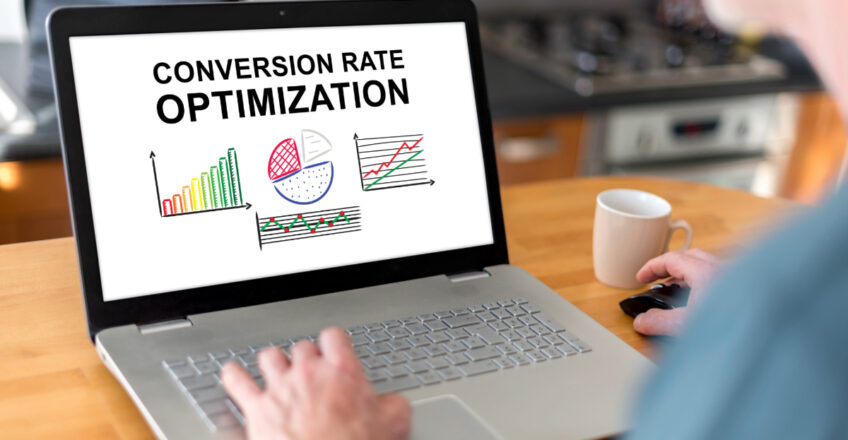
Table of Contents
In the digital age, website speed plays a crucial role in user experience and conversion rates. First Contentful Paint (FCP) is a key metric that measures how quickly users see the first piece of content on your website. A slow FCP can lead to frustration, higher bounce rates, and lower conversions, as users may leave before your site fully loads. For corporate website owners, optimizing FCP is essential to building trust, improving user engagement, and driving business success.
Why Should You Care?
When a potential client visits your site, the speed at which content appears can make or break their experience. A slow-loading site might give the impression that your business is unresponsive or outdated, leading visitors to abandon your site for a competitor. In contrast, a fast FCP reassures users that your site is working correctly and their time is valued, encouraging them to stay longer and explore your offerings.
This is particularly vital in industries where trust is paramount—like healthcare or finance—where a slow website could deter potential clients from taking action, such as booking an appointment or making a purchase. In e-commerce, even a slight delay can lead to lost sales, as customers are less likely to complete a purchase on a sluggish site.
What Can You Do About It?
Improving FCP involves working closely with your web development team to implement specific strategies. Here’s how you can improve FCP and, by extension, your conversion rates:
-
- Eliminate Render-Blocking Resources: Ensure that visible content loads first, so users see something immediately, even if other elements are still loading. This can make the experience feel faster and more responsive.
-
- Minify CSS: Simplify the code controlling your website’s design to speed up load times without sacrificing aesthetics.
-
- Remove Unused CSS: Clear out unnecessary design code, which can bog down your site and delay content display.
-
- Remove Unused JavaScript: Trim excess code that isn’t crucial for the initial page load, allowing content to appear more quickly.
-
- Preconnect to Required Origins: Speed up connections to external services (like fonts or analytics) that your site relies on, shaving off precious milliseconds.
-
- Reduce Server Response Times (TTFB): Ensure your server responds quickly to user requests, so the loading process starts without delay.
-
- Avoid Multiple Page Redirects: Prevent unnecessary delays by directing users straight to their intended page without detours.
-
- Preload Key Requests: Prioritize loading essential elements, such as your logo or main image, to provide immediate visual feedback.
-
- Avoid Enormous Network Payloads: Keep the data required to load your site minimal to ensure faster content delivery.
-
- Serve Static Assets with an Efficient Cache Policy: Allow repeat visitors to load your site more quickly by storing parts of it in their browser’s memory.
-
- Avoid an Excessive DOM Size: Simplify your website’s structure to make it easier and faster to display.
-
- Minimize Critical Request Depth: Reduce the number of steps required to load essential content, speeding up the process.
-
- Ensure Text Remains Visible During Webfont Load: Prevent the page from appearing blank while custom fonts load, so users can always see content.
-
- Keep Request Counts Low and Transfer Sizes Small: Limit the number of files your site needs to load and keep their sizes minimal to ensure faster page loads.
The Business Impact
A fast FCP doesn’t just improve user experience—it can directly boost your conversion rates. When your website loads quickly, users are more likely to stay, engage, and take action, whether that means filling out a form, purchasing, or booking a service. Conversely, a slow FCP can frustrate users, leading to higher bounce rates and fewer conversions.
For example, in the healthcare industry, where trust and reliability are crucial, a slow-loading site can cause potential patients to lose confidence and seek services elsewhere. In e-commerce, where speed is often synonymous with convenience, a delay of just a few seconds can lead to significant drops in sales.
Next Steps
To improve your website’s FCP and protect your conversion rates, don’t hesitate to work closely with your web development team. Discuss the strategies outlined above and use tools like Google PageSpeed Insights to gauge your site’s performance. Regular audits and optimizations are key to maintaining a fast, user-friendly website that drives business success.
By prioritizing FCP, you can ensure your website not only meets user expectations but exceeds them, leading to better engagement and higher conversions.
In our next articles, we will dive deeper into Interaction to Next Paint (INP) and explore how it plays a crucial role in maintaining responsiveness and ensuring a seamless user experience. Stay tuned!


